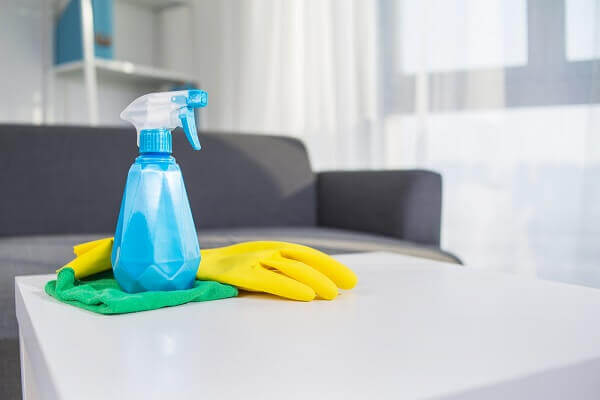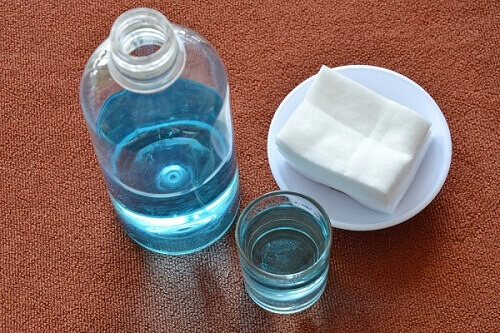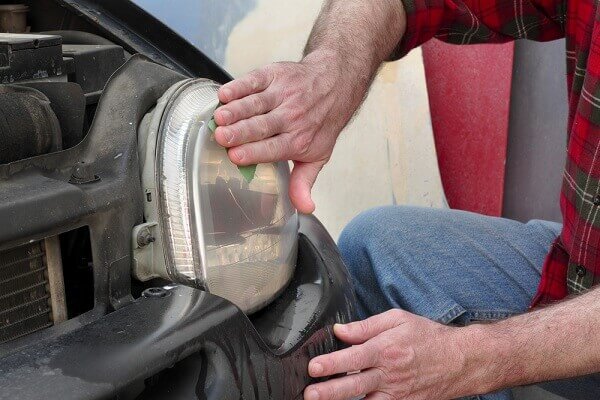Plastic is arguably the most common material used to make many devices, phone cases, appliances, toys, and other items in the world today. Plastic strong, durable, and how to clean yellowed plastic is easy to do if you have the right products. However, there is a difference between whitening away stains caused by food and oil for example compared to when plastic yellows.
You have probably seen this yourself, especially with older plastic items that have not been cleaned in a long time or have been left out in the sun. The products needed to whiten the yellow off the plastic are commonplace and relatively easy to use if they are available.
But first, you have to know what causes, and why does the plastic turn yellow. Answering that question will help you avoid yellowing with many plastic items you have in the future. Also, don’t forget to read the differences between silicone and TPU material.
Why Does The Plastic Turn Yellow?
There are different reasons why does the plastic turns yellow, but the most common one especially with older items is not with the plastic itself, but rather a chemical known as bromine.
Bromine is a flame retardant that was used in many plastic casings, especially ABS casings used on old video games and other devices made decades ago. The bromine was added to the plastic during the manufacturing process and is designed to keep the oil in the plastic from burning when exposed to high levels of heat.
The downside is that when bromine is exposed to ultraviolet or UV rays from the sun, it tends to break down and work its way to the surface. The result is that the plastic turns a distinctive yellow in color. And if the bromine is not cleared away, it will eventually turn brown.
Other common reasons for the yellowing include stains that have sat on the plastic for a long time. A small spill of a beverage, food, or oil that was not fully removed may cause that area of the plastic to turn yellow over time. Depending on the color of the plastic itself, the yellowing may be subtle, or it may be obvious. This is particularly true with plastic that is white.
You can help prevent plastics that contain bromine from yellowing if you keep them away from UV rays or out of the sunlight. In addition, if you clean away spills from plastics quickly before they have a chance to soak in, you reduce the chances of yelling from occurring.
How to Whiten Yellowed Plastic
Whether the cause is from stains, sun damage, or something else, there are ways of how to whiten yellowed plastic and restore its original appearance. While there are products that are specifically designed for plastic, there are also household products that can work just the same.
How To Clean Yellowed Plastic With bleach
Although quite harsh, bleach is one of the best chemicals to clean plastic that have been yellowed over time. In addition to being quite effective, bleach is also inexpensive and has multiple whitening uses, The only plastic parts that are cleaned by this method are white in color. Any other color and the bleach will fade such colors.
This method is recommended for cleaning yellowed plastic parts that can be dipped or submerged into a bucket or container. You will need the following.
- Bleach, preferably chlorine bleach
- Bucket or Spray Bottle
- Water
- Gloves & Paper Towels
The mix should be one-part bleach and one-part water, although that is quite strong for larger pieces. You should fill the bucket just enough so the plastic item can be submerged. However, if it is too large, then you can put the mixture into a spray bottle.
Spray the bleach on the surface, apply the paper towels, and then spray the bleach again. This will keep the paper towels moist which allows the bleach to go to work. Leave the bleach on until the plastic is white again. Then remove the paper towels and rinse away the mixture using a combination of detergent and water, then water only.
Read more: Is plastic screen protector better than tempered glass?
Cleaning Yellowed Plastic Using Hydrogen Peroxide
Although mostly associated with treating small cuts and abrasions, hydrogen peroxide is also quite good to remove stains from clothes, clean silicone phone cases, yellowed plastic, and brightening surfaces such as those made from the same material.
The oxygen that makes up part of the peroxide will lift the yellow from the surface. Hydrogen peroxide is milder and safer to use than bleach, but it takes longer for it to work. You will need the following to remove yellow from plastic.
- 3% Hydrogen Peroxide
- Oxy Laundry Booster
- UV Light
- Water & Bucket
- Goggles & Rubber Gloves
Be sure you are wearing goggles and rubber gloves. Add ¼ teaspoon of the laundry booster for every gallon of hydrogen peroxide that is used. Then drop the item into the solution.
If the item is too large or has areas that cannot be soaked, then dip paper towels into the solution and apply them to the surface of the plastic. Then cover the paper towels with a plastic wrap to keep the mixture from drying out. Let it soak for up to six hours, then set it out in the sunshine or use a UV lamp. When it reaches the desired appearance, rinse the plastic thoroughly.
Sanding To Remove Yellow From Plastic
This process to remove yellow from yellowed plastic can takes some manual labor, but it does work on plastics that are white. An added benefit is that it does not require the use of any dangerous chemicals. You will need the following items.
- Very Fine Sandpaper
- Water & Soft Cloth
The finer the sandpaper, the better as it will not scratch the surface. Clean yellowed plastic starts by lightly rubbing the surface with a soft cloth to remove any loose particles. Then wipe down the top layer of the plastic with very fine sandpaper.
You can focus on the areas that are yellowed or wipe down all of the plastic depending on its size. Once you are through, moisten the cloth and wipe down the plastic again to get rid of any dust.
You must identify why does the plastic turn yellow and apply the right solution to restore and clean it.



